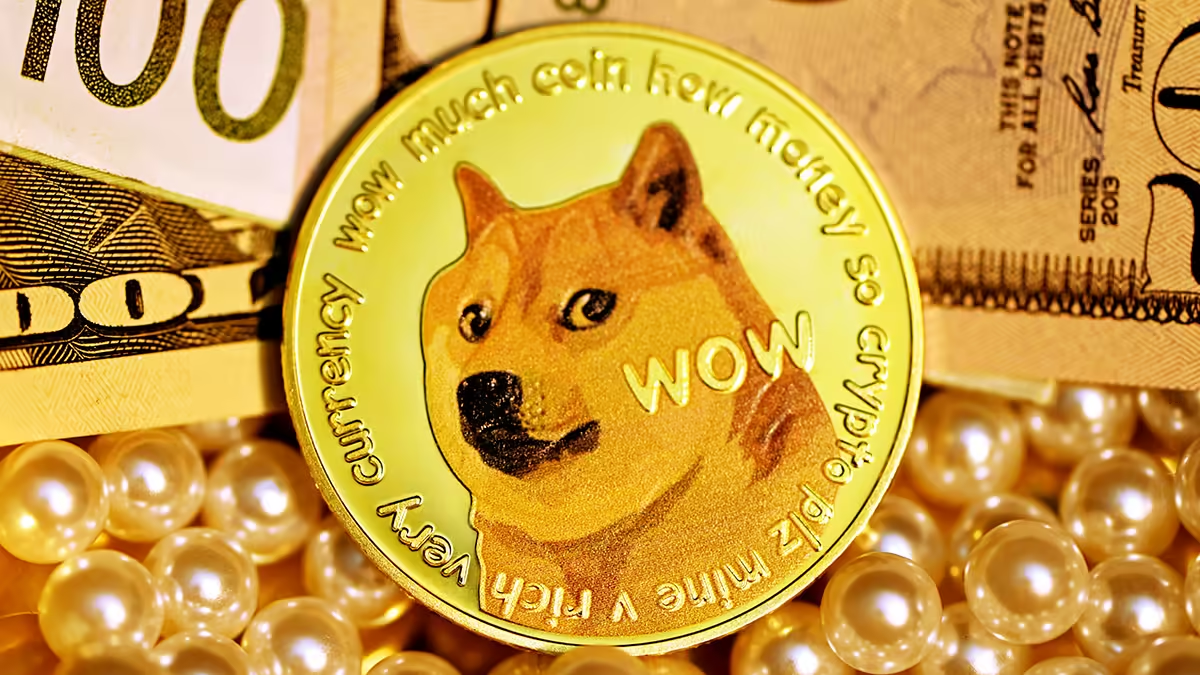Dogecoin, the undisputed king of meme coins, is making waves once again, following closely in Bitcoin’s bullish footsteps. Since mid-October, Dogecoin’s performance has surged impressively, restoring its dominance in the market. As of late October, DOGE’s market dominance surpassed 1% for the first time since May, reaching 1.04%. The spike in value has thrilled investors, but could a cooldown be on the horizon?
Dogecoin’s Rally – A Look At The Numbers
Dogecoin’s price recently peaked at $0.179, its highest level since April. This rise marks a 74% gain from its October low, and it’s currently holding at $0.168, up by 62% from mid-October. These gains signal a strong recovery phase for DOGE, aligning with the broader crypto market’s bullish sentiment.
The rally’s impact on market dominance is noteworthy: Dogecoin’s dominance climbed from a mid-October low of 0.74% to over 1%. For a meme coin that has often struggled to maintain momentum, this resurgence is a significant win.
Signs of a Potential Cooldown
Despite Dogecoin’s impressive surge, some indicators suggest that a cooldown might be imminent. DOGE’s recent peak aligned with a historical resistance zone, and a minor pullback has already taken place over the past 24 hours. Additionally, technical indicators show that DOGE is now overbought, which could prompt some investors to take profits. While these signals are not definitive, they highlight a possible shift from the recent rally to a period of price correction.
Dogecoin’s latest rally was supported by strong demand from large holders, or “whales.” On-chain data indicates that inflows into major accounts spiked from 79.55 million DOGE to 1.36 billion DOGE by the end of October. Similarly, outflows increased from 74.42 million DOGE to 782.45 million DOGE, indicating that buying volume has been outpacing selling volume among whales. This accumulation trend showcases the robust demand for DOGE, often a bullish sign, as it indicates that influential players are placing big bets on Dogecoin’s potential upside.
However, exchange flow data shows an interesting dynamic. At the time of writing, exchange inflows exceeded outflows, with over 833 million DOGE entering exchanges compared to 597 million DOGE leaving. Typically, when exchange inflows outpace outflows, it suggests an impending sell-off as traders move assets onto exchanges to cash out profits.
Market Sentiment – Hope for Further Gains
The rising optimism around Dogecoin remains a significant factor in its outlook. Despite signs of a potential cooldown, many investors are holding onto their DOGE in hopes of further gains. The current sentiment may drive some holders to keep their profits unrealized, expecting another price rally in the near future. This sentiment could soften the impact of any price drop, leading to a more measured correction rather than a full-blown sell-off.
Also Read: Dogecoin Price Prediction – Will Whale’s 1.74 Billion DOGE Transfer To Robinhood Spark A Sell-Off?
As DOGE hovers near overbought territory, a correction might be inevitable. However, Dogecoin’s resurgence reflects a broader wave of bullishness in the crypto market, driven partly by Bitcoin’s rally. Should Bitcoin’s performance remain strong, Dogecoin and other altcoins could continue to experience a positive spillover effect.
For now, Dogecoin’s market activity suggests a cautious optimism. Investors should keep an eye on exchange flows and whale activity, as these indicators will be key in predicting Dogecoin’s short-term trajectory. With whales showing interest and market sentiment remaining strong, Dogecoin could continue to surprise both its fans and skeptics alike. Whether this translates into sustained gains or a temporary peak, DOGE remains the undisputed leader in the world of meme coins.
Disclaimer: The information in this article is for general purposes only and does not constitute financial advice. The author’s views are personal and may not reflect the views of Chain Affairs. Before making any investment decisions, you should always conduct your own research. Chain Affairs is not responsible for any financial losses.



